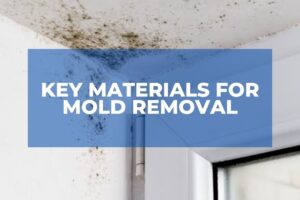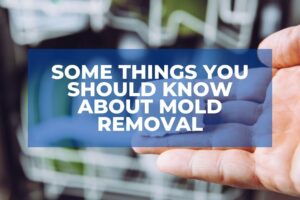If you are getting protective treatment for your carpet against stain, then the cost should not be the only concern on your mind. Most customers are usually more concerned about how long the treatment will last and how much they have to pay for it that they lose track of other important things.
We believe that questions like what exactly it is, just how it works, and whether it will have any bad effects on you or other members of your household should be your concern as well. Hence, we will be giving answers to these questions as well as others like them relating to cleaning and protecting carpet products in this post.
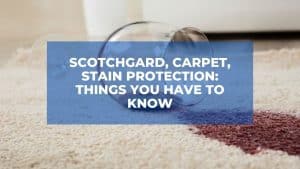
At the end of the article, we hope that you would have a better and clearer knowledge of stain protection treatments for carpets. Let us get right into the questions.
Quick Navigation
Stain Protection Treatments For Carpet – What Exactly Are They?
We can protect our carpets from stains using some type of product specifically meant for this purpose. The products usually create a sort of protective shield on fabrics and are typically used on upholstery and carpets.
There are 2 types of this kind of products:
- Post Cleaning: these are applied to either brand new carpets or when the carpet has just been cleaned. They are usually water-based. However, unlike the other type, post-cleaning treatments often tend to last shorter.
- Mill Applied:Mill applied treatments are usually infused into the carpet fibers when manufacturing them. Since they are applied this way, they do not wear off as fast as post-cleaning products do. Another difference between this and post-cleaning treatment is that mill applied is usually solvent-based instead of water-based.
Both post-cleaning and mill applied treatments can protect carpets from oil and water-based stains as well as soils.
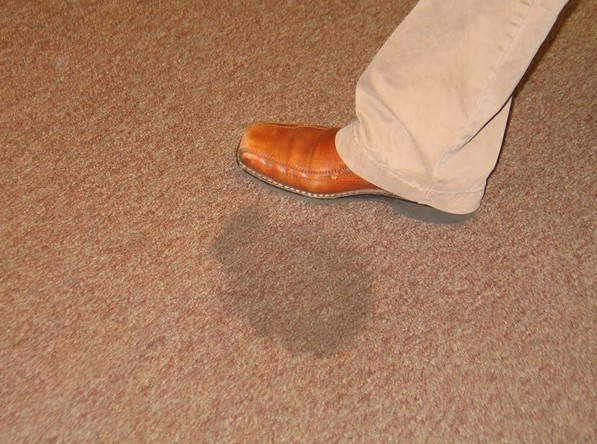
How Do They Work?
These treatments work to protect fabrics in two main ways:
1. They coat the outer part of fabrics and this makes it difficult for particles and debris to get stuck on the carpet.
2. Block little pores and cracks found on fibers. This way, soils, and liquids are prevented from getting absorbed into the carpet.
Cleaning both water and oil spillage from carpets is made a lot easier since the fabrics are coated to become liquid-repellent. Also, vacuuming solid particles from the carpet becomes a lot easier because they won’t stick on the surface.
Spillage and solid particles are the major things that affect carpets’ appearance. Since the treatment will protect your fabric from these factors, your carpet will stay in pristine condition for a long time.
How safe is It?
The safety of the treatment will be determined by the ingredients the product contains. You should look for products that have perfluorobutane sulfonate instead of those that have perfluorooctane sulfonate. This is because the latter has a long life of over 5 years in humans but perfluorobutane sulfonate’s life is about a month. Visit https://en.wikipedia.org/ to find out more about perfluorobutane sulfonate.
Saying with all certainty that these products are safe will be misleading. Hence, before you use or allow the product to be used for your fabrics, we advise that you make your finding to learn more about the ingredients in them.
Will Your Carpet Become Completely Resistant To Stains?
The honest answer to whether or not your carpet will become completely resistant to stains after the treatment is applied is no. Sadly, the protection the treatment (regardless of brand) will offer you is not 100 percent. Your fabrics may still get stained from certain stains like pet urine and turmeric.
How Long Will The Treatment Last?
As we said earlier, the treatment may either be mill applied or post-cleaning. We also said that mill-applied treatment tends to last longer than post-cleaning. Post-cleaning typically lasts for about two years, whereas, mill applied would last for about five years.
Vacuuming your carpet regularly can also help increase how long the protection lasts. The reason for this is that solid particles won’t be left on the surface long enough for them to wear off the protective coating. Therefore, to ensure the protection lasts longer, vacuum the carpet as often as possible.
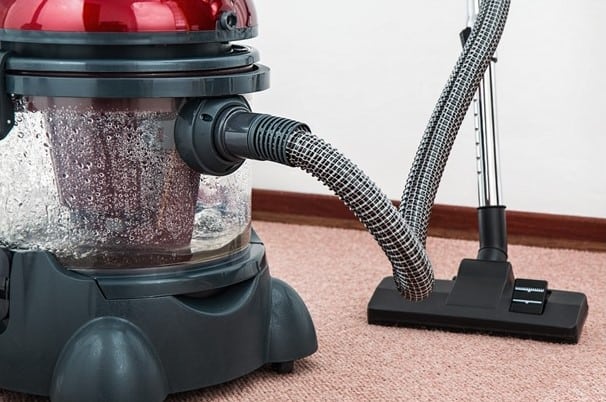
If you clean your carpet, then you need to reapply the post-cleaning treatment again since it is water-based so it most likely won’t offer so much protection after being cleaned off. Even with mill-applied treatments, it is advisable to “top up” the product on the fabrics if professional cleaning is done.
Can These Treatments Be Used on All Types of Fabrics?
These products are not so effective on some types of fabrics. Some fabrics that fabric protection may not be so effective in are:
- Oriental rugs
- White wool
- Acrylics
- Polypropylene
Some fabrics also may not react so well to the protection because they do not do well with moisture. Hence, before you use any fabric protection on your carpet, it’s wise to test out the product on a part of the carpet that isn’t so noticeable.
Can You Apply The Treatment By Yourself?
Applying these products to fabrics isn’t a difficult task, so you can DIY. But, sometimes, hiring a professional for the job is a much better idea and we say this because of numerous good reasons. Below are some of the reasons why hiring a professional carpet cleaning service is better:
- Professions have the right equipment to ensure a great job is done.
- They are experienced in the field, so they usually have the expertise and knowledge to tackle any issue that may arise during the job.
- You can hold them liable for any mistake done during the job. If you choose to do it yourself, you will have to pay for any damage done.
- If you choose to do it yourself, you will be exposing yourself directly to the products and this could tell on your health.
Conclusion
Using fabric protection on your carpet is one way to ensure its appearance stays pristine. This is because stains and solid particles can be easily removed off the surface because of the protective coating on it.
The treatment typically will last for about 2 years or 5 years based on the type used. While you can apply it by yourself, it is often more advisable to hire an expert for the job.
